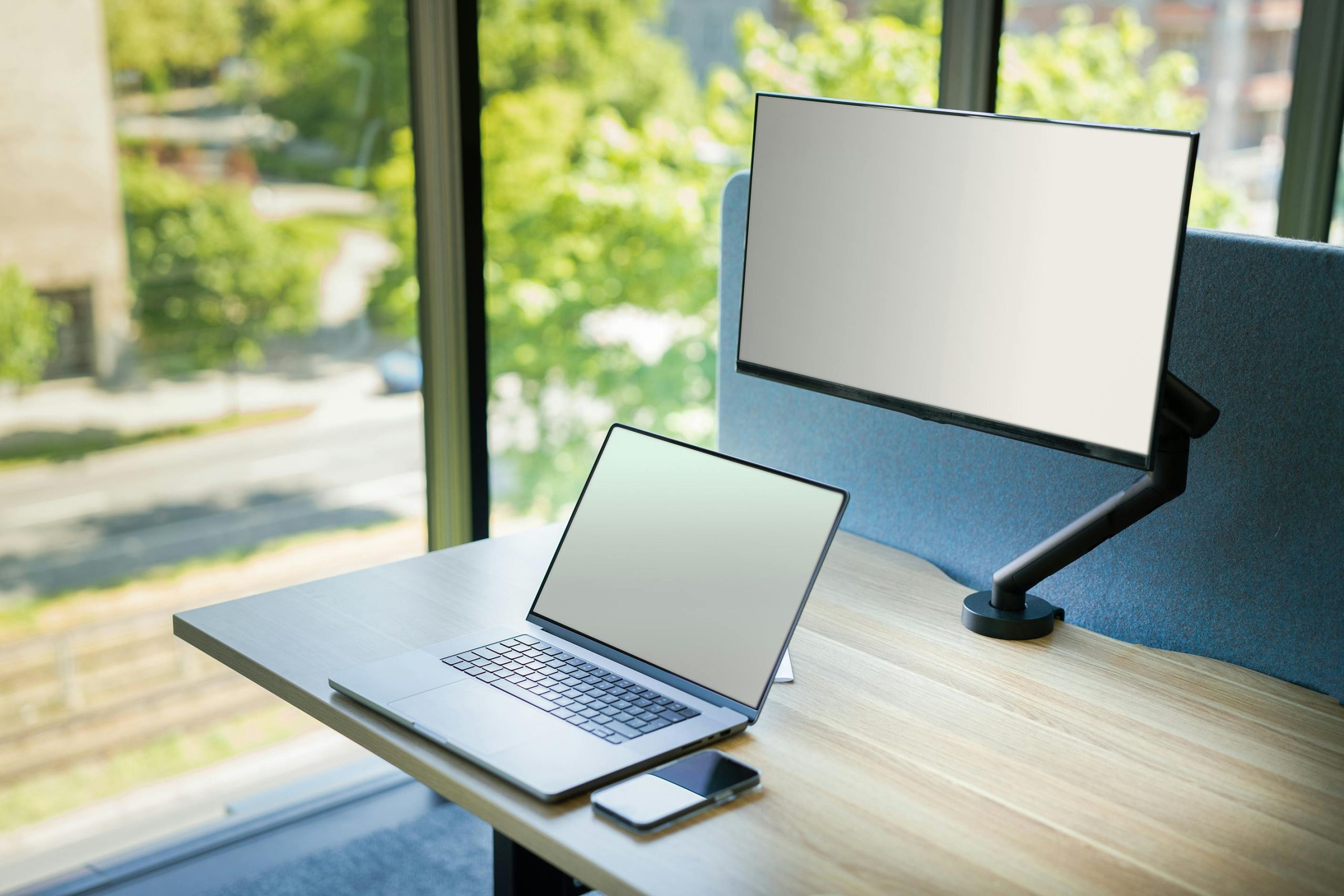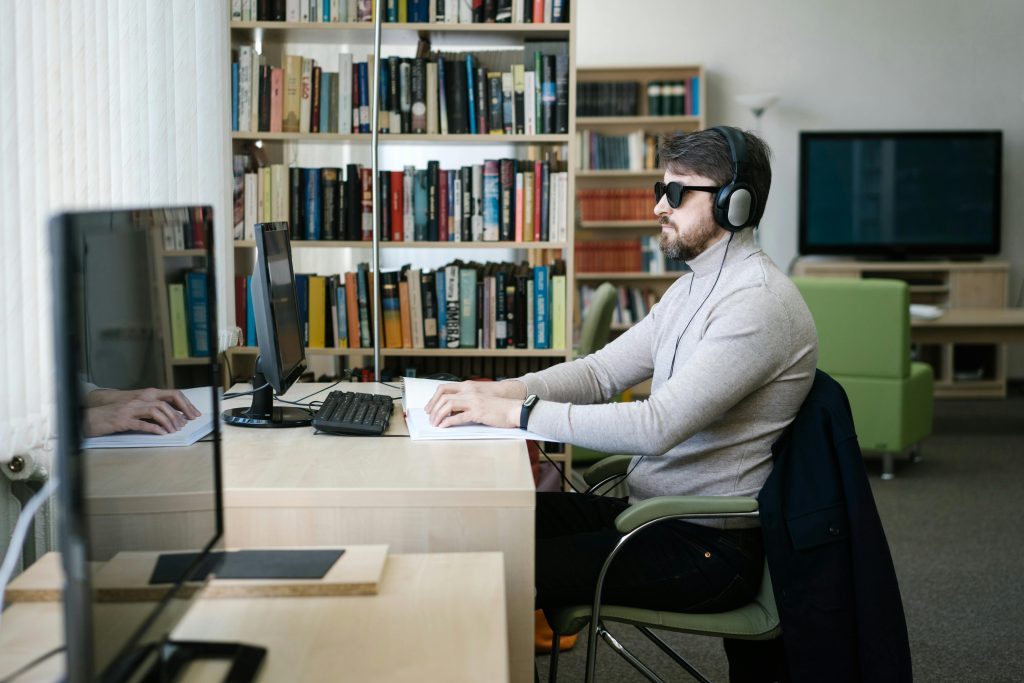Understanding and Troubleshooting Laptop Brightness Adjustment Issues
Have you ever encountered a situation where adjusting your laptop’s brightness has no effect, remaining static regardless of your attempt to increase or decrease it? This can be a perplexing problem that affects usability and overall user experience.
Case Scenario:
A user reports that their friend’s laptop does not respond to brightness adjustments. The device was previously running a Linux operating system, which the user claims was installed without their consent. Subsequently, they reverted the system to Windows at an authorized HP service center.
Potential Causes:
One common cause for such issues is the absence or misconfiguration of the appropriate display driver. When switching operating systems, especially from Linux to Windows, drivers that handle hardware functionalities—such as screen brightness—must be correctly installed and configured. Failing to do so can result in certain controls, like brightness adjustment, becoming non-functional.
Diagnostic Steps:
1. Verify Driver Installation:
– Ensure the latest display driver compatible with the specific laptop model is installed.
– Check the Device Manager (in Windows) for any warning indicators related to display or graphics adapters.
- Update or Reinstall Drivers:
- Download drivers directly from the manufacturer’s official website or use Windows Update.
-
Reinstall drivers if they appear corrupted or outdated.
-
Adjust Power Settings:
-
Review power plan settings in the Control Panel to see if any configuration might be affecting display brightness controls.
-
Use Hardware Controls:
-
Attempt to adjust brightness using physical buttons on the laptop; sometimes software controls might be disabled.
-
Check for Utility Conflicts:
-
Some laptops come with manufacturer-specific utilities that manage display settings. Ensure these are correctly configured or temporarily disable them to test functionality.
-
BIOS/UEFI Settings:
- Occasionally, BIOS settings related to hardware control can impact functioning. Access BIOS during startup to check relevant configurations.
When to Seek Professional Assistance:
If these troubleshooting steps do not resolve the issue, consulting with a qualified technician or visiting an authorized service center is advisable. They can perform more in-depth diagnostics, including hardware testing, and ensure that the necessary drivers and firmware are correctly installed.
Conclusion:
Problems with laptop brightness controls are often rooted in driver compatibility or configuration issues, especially after operating system changes. Proper driver installation and system updates typically resolve the problem. If you encounter similar issues, methodically troubleshoot using the steps above, and do not hesitate to seek professional support to maintain optimal device performance.
Share this content:



